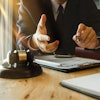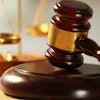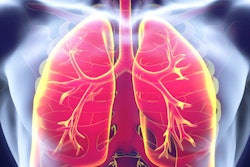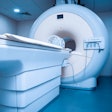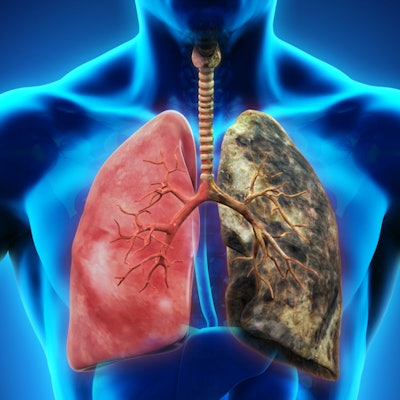
Radiologists in Kentucky would once again be allowed to read x-rays of miners in the black lung screening program under a bill introduced in the state Legislature. The legislation comes amid a surge of black lung cases in Appalachia.
Two legislators introduced preliminary legislation that would roll back changes that went into effect earlier this year, when radiologists were stripped of the right to read black lung x-rays under the B-reader program administered by the U.S. National Institute for Occupational Safety and Health (NIOSH). The program was implemented in 1969 to detect black lung disease, or pneumoconiosis, in coal miners.
But a Kentucky law passed earlier this year mandated that only board-certified pulmonary specialists could interpret x-ray studies performed in the B-reader program -- taking that responsibility away from radiologists. The move was widely seen as an effort to transfer responsibility for interpretations to pulmonologists, who are generally more favorable to coal mining companies.
The new bill, BR 163, would rescind that provision, removing the requirement that B-readers have to be a board-certified pulmonary specialist and licensed in Kentucky. The legislation is sponsored by Reps. Angie Hatton (D) and Robert Goforth (R).
In a press release about the new bill, Goforth said the only reason radiologists were removed from the B-reader program was to save money. Hatton claimed that after the previous law was passed, only a handful of doctors in the state, of whom "nearly all were working for the coal industry or nearing retirement," met the B-reader criteria.
"This change all but cut out radiologists who are just as qualified to make black lung diagnoses," Hatton said in the press statement.
The fight over black lung interpretations comes as central Appalachia is witnessing a surge of black lung diagnoses. The number of black lung cases bottomed out in the late 1990s to a prevalence of around 5%, according to a studied published in July in American Journal of Public Health. But the incidence began rising after that, to the point where the prevalence of black lung disease is now more than 20% in the central Appalachia region, the researchers found.
